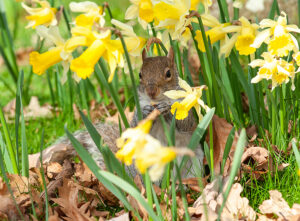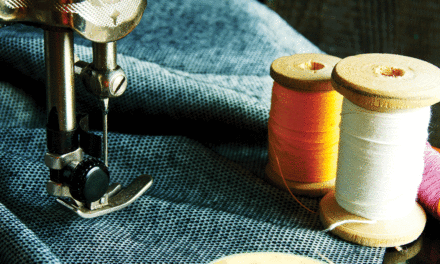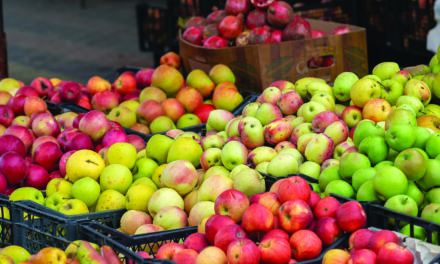
Squirrels and chipmunks often go after bulbs in flower beds searching for a winter snack.
There is something instinctual about gardening in the spring. It can be so satisfying to work up the soil in raised beds to prepare for a vegetable garden, watch the bulbs you so carefully planted burst into bloom, or place a beautiful hanging basket on your front porch.
This makes it even more discouraging to wake up to find your property looking like a crime scene — planters plundered, raised beds raided, sapling trees shredded, bulbs blighted.
What pelted plague, what fluffy-tailed fiend has wrought havoc on your home, and what can be done to prevent this from happening again?
There are a few strategies that can help you maintain your green thumb while keeping critters at bay.
Squirrels and chipmunks often go after bulbs in flower beds searching for a winter snack.
To deter them, after planting bulbs lay a piece of chicken wire down before backfilling all the way with soil and placing mulch on top.
If your bulbs have already been planted, use a straight-edge shovel to skim a bit of topsoil off, lay down the chicken wire, and then replace the soil.
The chicken wire will snag critter claws, and they will hopefully move along.
Don’t worry, the holes in the chicken wire are large enough for the shoots from the bulbs to poke through.
Deer, while beautiful and interesting to watch, can be a real menace to trees and shrubs.
They can be very difficult to deter, but there are a few options you can try.
First, try to choose shrubs and trees that deer will avoid due to toxicity, fragrance and texture.
A local nursery can help offer some suggestions.
If you already have trees planted, installing tall, woven wire fencing with strong stakes around them can keep deer away until the tree’s foliage is out of the reach of deer.
Next, try repellent sprays. Area repellent sprays are meant to smell like the urine of deer predators, whereas repellent sprays contain ingredients like capsaicin to give deer a nasty taste in their mouths.
Lastly, you might want to try a motion-activated sprinkler system or deer alarm.
These gadgets should be used in rotation so deer do not become desensitized. These same strategies can be applied to vegetable garden or raised beds.
Hanging baskets look so bright and beautiful hanging on a front porch.
Unfortunately, they look just as attractive to birds searching for a place to nest.
While some folks welcome their feathered friends no matter where they choose to nest, others would rather not have their hanging baskets turn into avian maternity wards.
To avoid this, try placing birdhouses around your property to encourage nesting activity.
You can also place a bit of wire mesh in the center of your hanging baskets or place toothpicks in the soil to make it annoying for nesting birds.
Placing cotton balls soaked in citrus oil in the baskets can also keep birds away without damaging your plants.
There are a few other techniques that can be effective deterrents to nuisance critters.
If your dog has full access to your yard, their barking and marking their territory can help scare away deer, rabbits, and foxes, among others.
Pinwheels, flags, a radio, windchimes, reflective tape, aluminum pie pans, and old compact discs hung with string create flashes of light and unexpected sounds that make animals uneasy.
Strategically placed predator decoys, such as plastic owls and herons, can help protect your garden and fish pond from being cleaned out like the buffet at your cousin’s wedding.
With some research, ingenuity, and planning, it is possible to have the garden and plants you desire while appreciating the wildlife our region has to offer.
A healthy balance of habitat and horticulture will serve you well for years to come.





